Stroke AI research - Stroke Research Aid
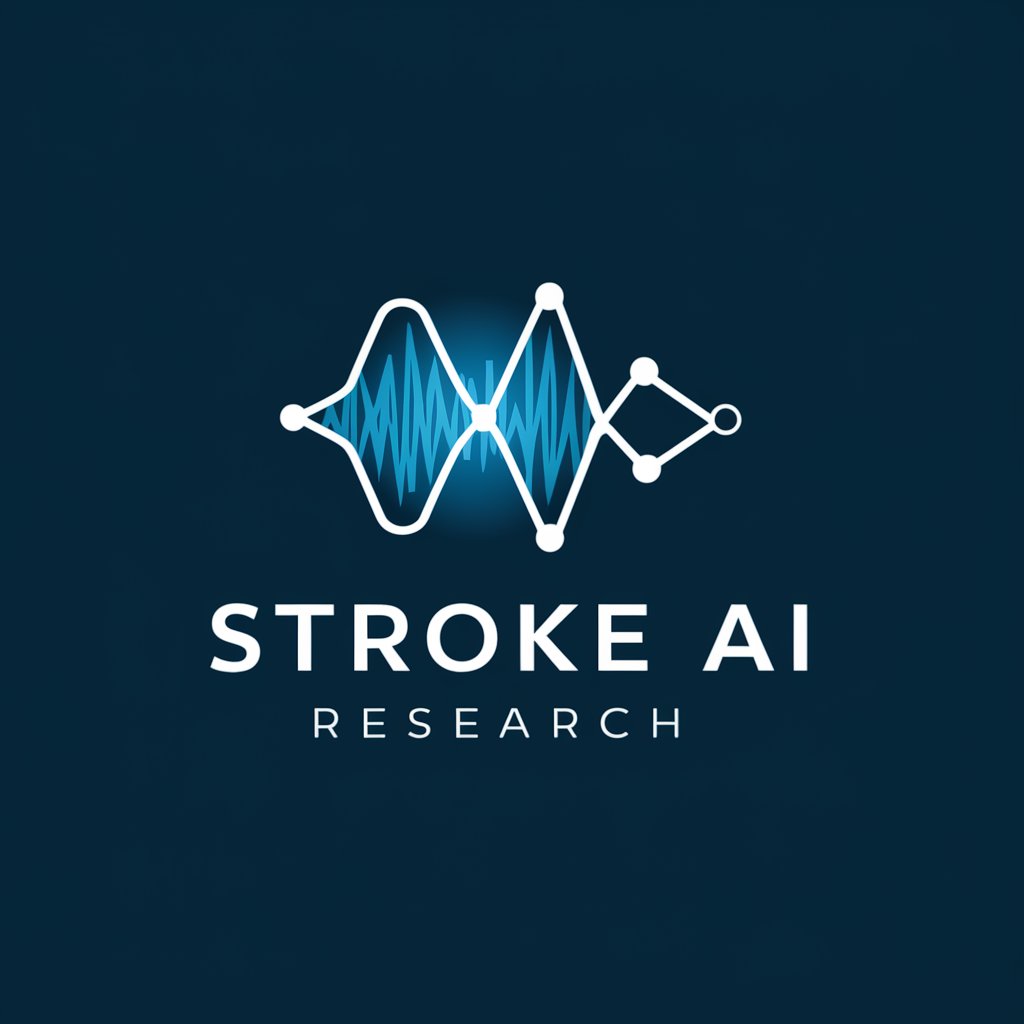
Welcome to Stroke AI research, your partner in stroke innovation.
Powering Stroke Research with AI
Explain the impact of stroke on cognitive functions...
Describe the latest advancements in stroke rehabilitation techniques...
How does AI assist in the early detection of stroke symptoms...
Discuss the role of genetics in stroke risk assessment...
Get Embed Code
Overview of Stroke AI Research
Stroke AI research focuses on leveraging artificial intelligence to enhance the diagnosis, treatment, and management of stroke. The core aim is to integrate AI with clinical practices to improve outcomes for stroke patients. This involves using machine learning models to analyze medical imaging, predict stroke risks, and personalize treatment plans based on individual patient data. For example, AI systems can quickly analyze brain scans to detect signs of stroke, significantly speeding up the diagnosis process which is crucial during the 'golden hour'—the critical period where treatment is most effective. Powered by ChatGPT-4o。

Main Functions of Stroke AI Research
Rapid Imaging Analysis
Example
AI algorithms are trained to interpret CT scans and MRIs, identifying blockages or bleeds in the brain that indicate a stroke.
Scenario
In emergency settings, these AI tools help radiologists by providing faster and sometimes more accurate assessments, allowing quicker decision-making that can save brain function and lives.
Stroke Risk Prediction
Example
Using historical health data and lifestyle information, AI models predict an individual's risk of having a stroke.
Scenario
These predictions can be used in preventive care, where healthcare providers implement early interventions tailored to the patient’s risk factors, such as managing blood pressure or recommending lifestyle changes.
Rehabilitation Assistance
Example
AI-driven applications support stroke rehabilitation through personalized therapy sessions using virtual reality (VR) and robotics.
Scenario
For instance, a VR system could simulate daily tasks that a patient struggles with, adapting the difficulty and type of tasks as the patient progresses, thereby providing tailored rehabilitation that can be more engaging and effective.
Ideal Users of Stroke AI Research Services
Healthcare Providers
This group includes neurologists, radiologists, and rehabilitation therapists who use AI tools to enhance diagnostic accuracy, expedite treatment decisions, and personalize rehabilitation plans.
Research Scientists
Scientists in neurology and machine learning sectors employ stroke AI research to develop new AI models, improve existing algorithms, and validate AI effectiveness in clinical trials.
Healthcare Administrators
Administrators utilize stroke AI systems to improve the efficiency and quality of care in their institutions, ensuring that patients receive timely and effective stroke care, which can also lead to cost savings.

Guidelines for Using Stroke AI Research
Start Free Trial
Access Stroke AI research by visiting yeschat.ai for a free trial that does not require login credentials, including the absence of a ChatGPT Plus subscription.
Identify Research Goals
Define specific research goals or questions related to stroke understanding, prevention, treatment, or rehabilitation that you aim to explore using the AI tool.
Navigate the Interface
Familiarize yourself with the user interface, including where to input queries, how to view results, and where additional resources or help can be found.
Engage with Features
Utilize the tool's features such as data analysis, pattern recognition, and hypothesis testing to support or challenge your existing research on strokes.
Review and Analyze
Carefully review the outputs and analyze the data or suggestions provided by the AI to integrate them effectively into your research findings or publications.
Try other advanced and practical GPTs
Hemorrhagic Stroke - Patient Group
AI-powered Stroke Recovery Insights
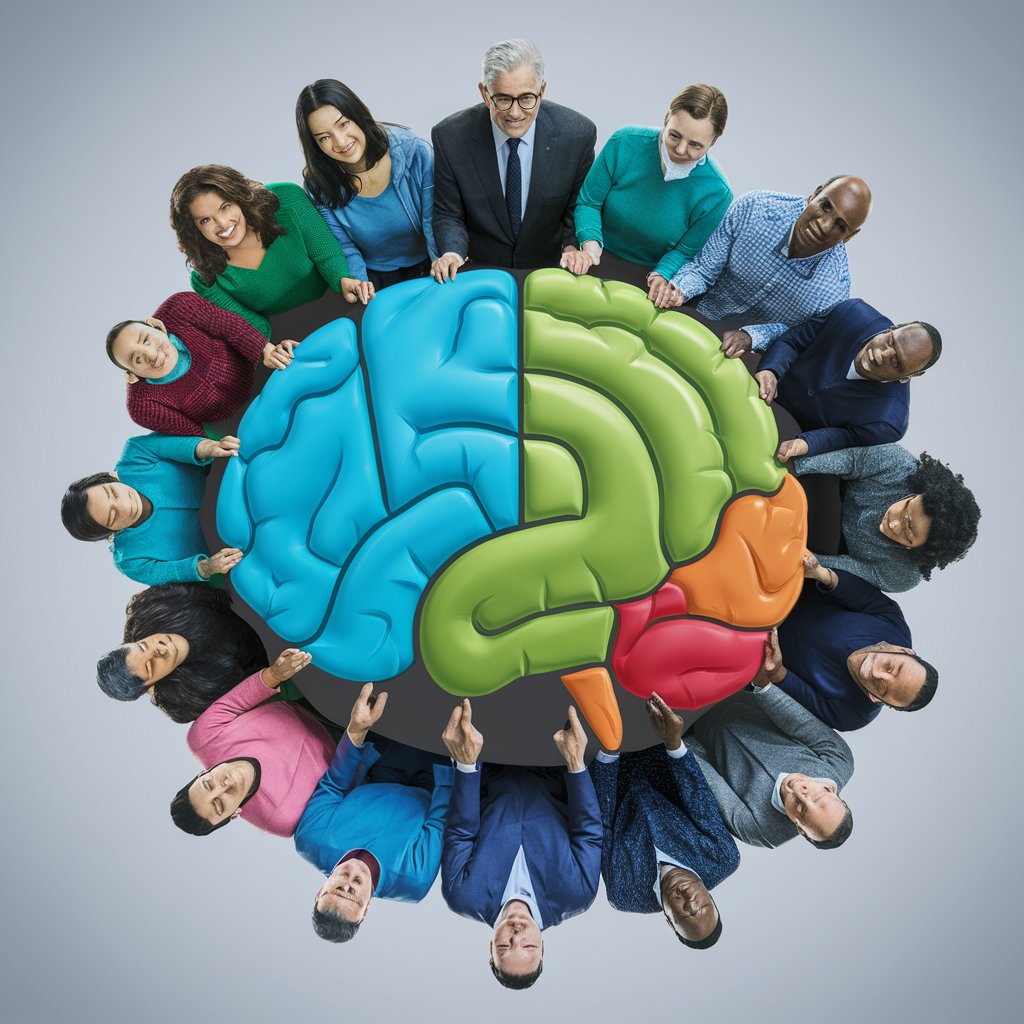
Conservative News Curator
Unfiltered conservative insights, powered by AI

The Conservative Pen
Empowering Conservative Voices with AI

Bible Scholar
AI-driven Biblical Interpretations

Alex
Converse with insights, powered by AI

Conservative Commentator
Empowering Conservative Insight with AI

Simple Strokes
Craft Minimalist Designs with AI
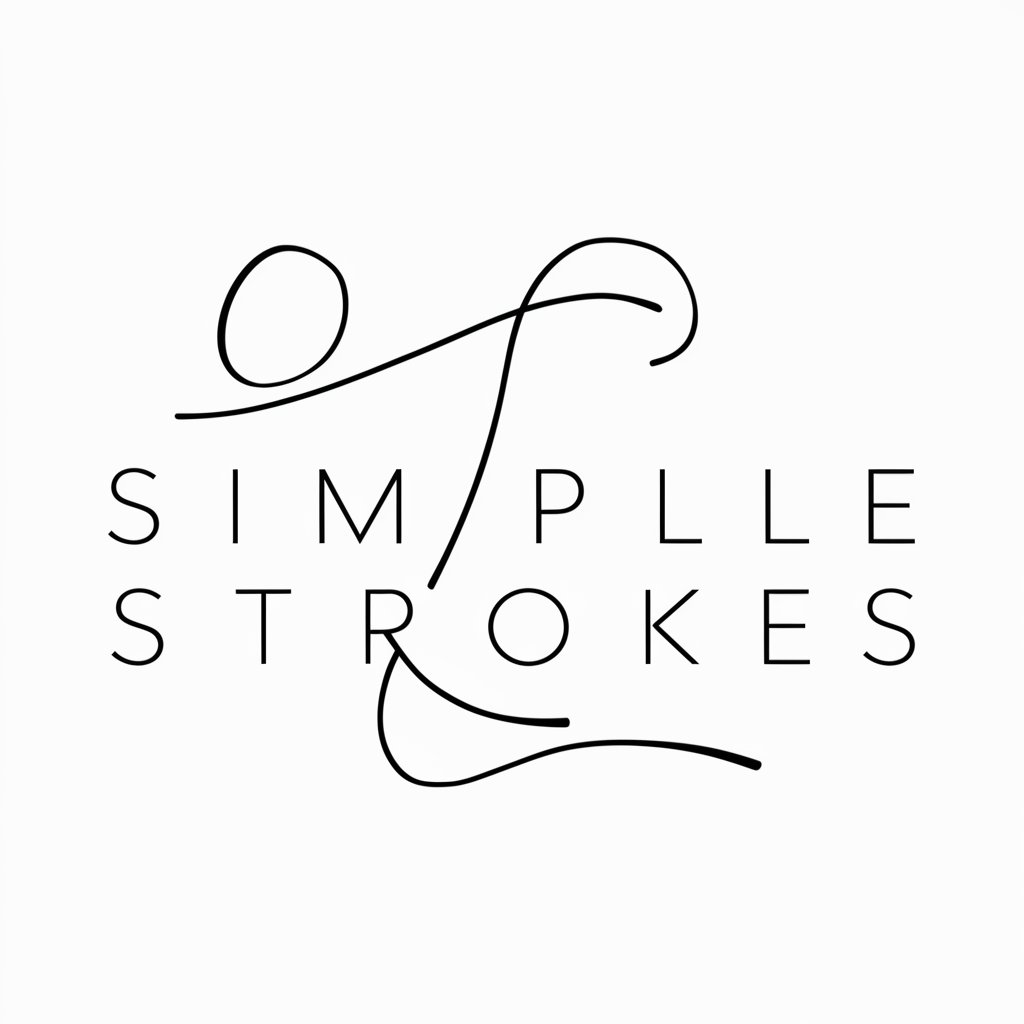
Strobe Guide
Illuminate the impact of strobe effects with AI
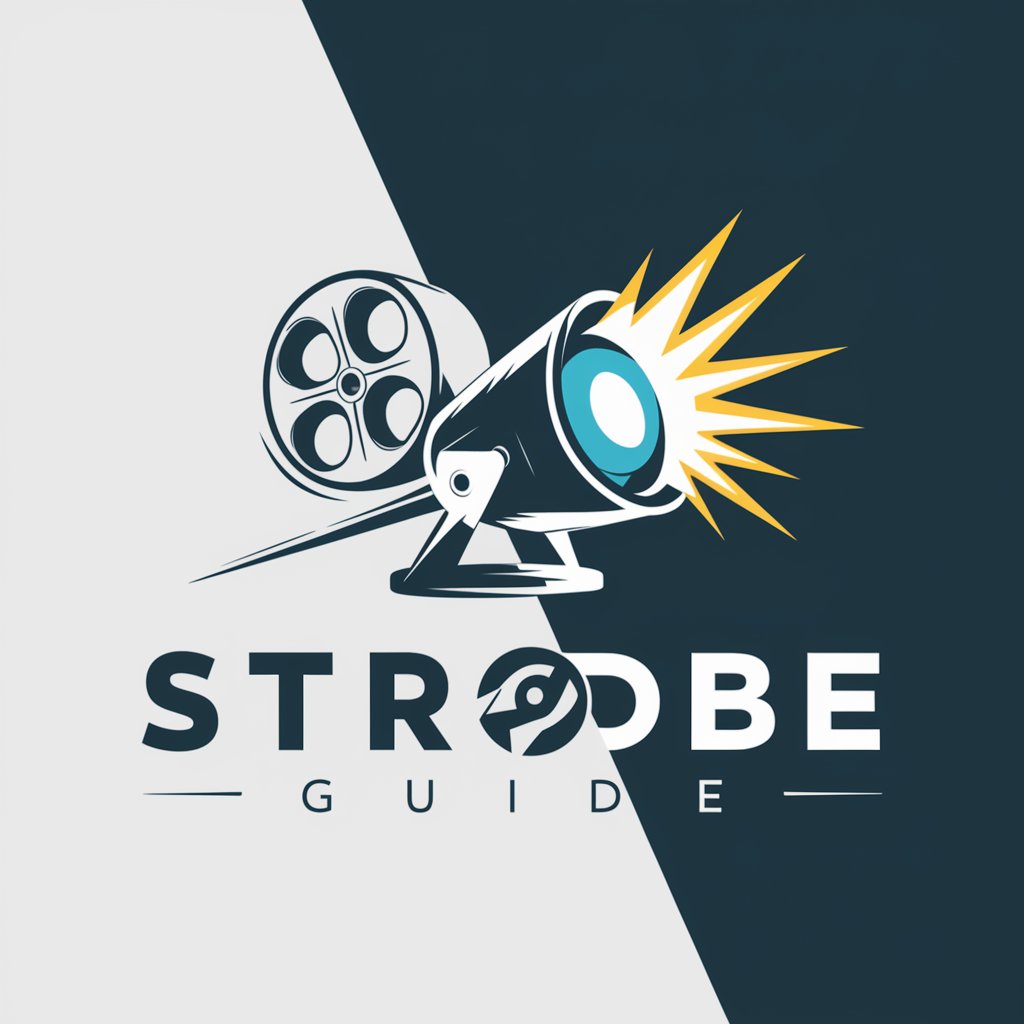
Stroke Rehab Guide
Empowering Stroke Recovery with AI
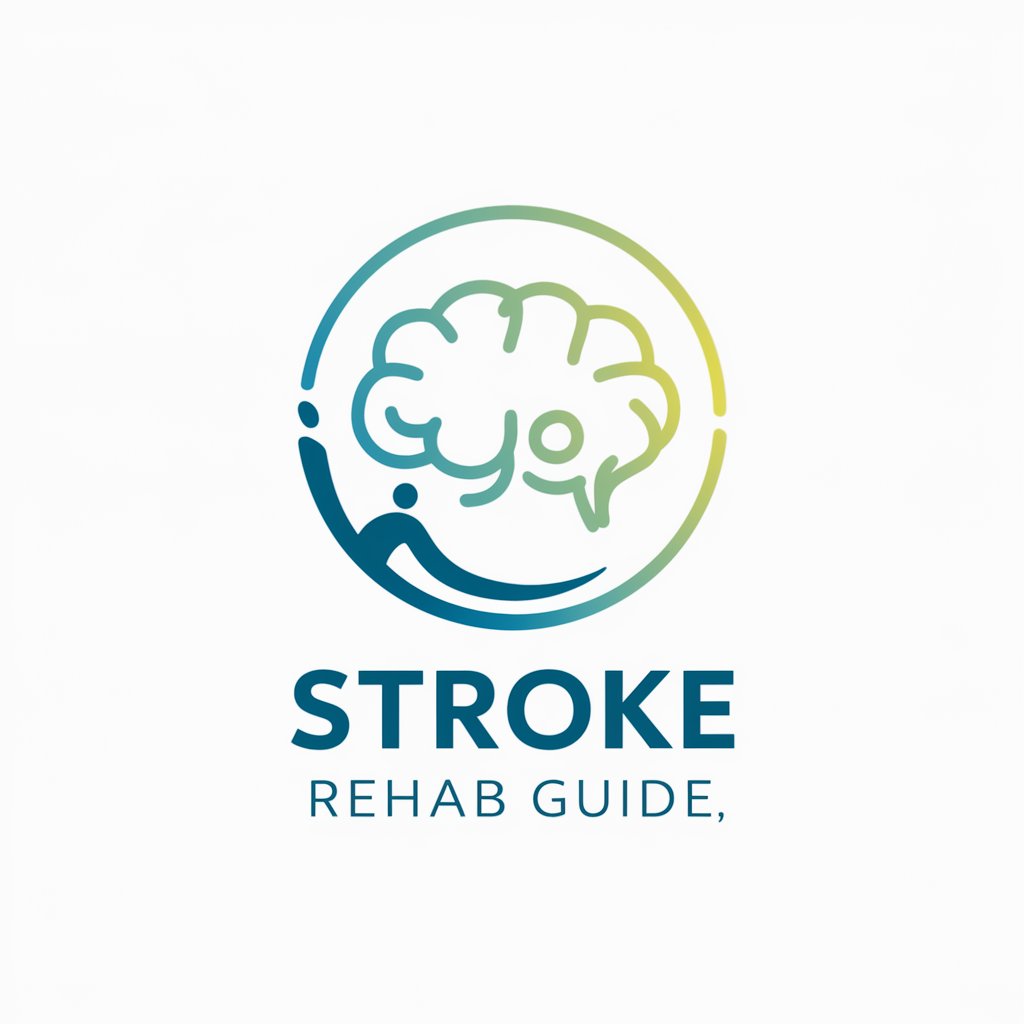
Strobe
Empowering innovation with AI

Stroke
Understanding Strokes with AI Guidance
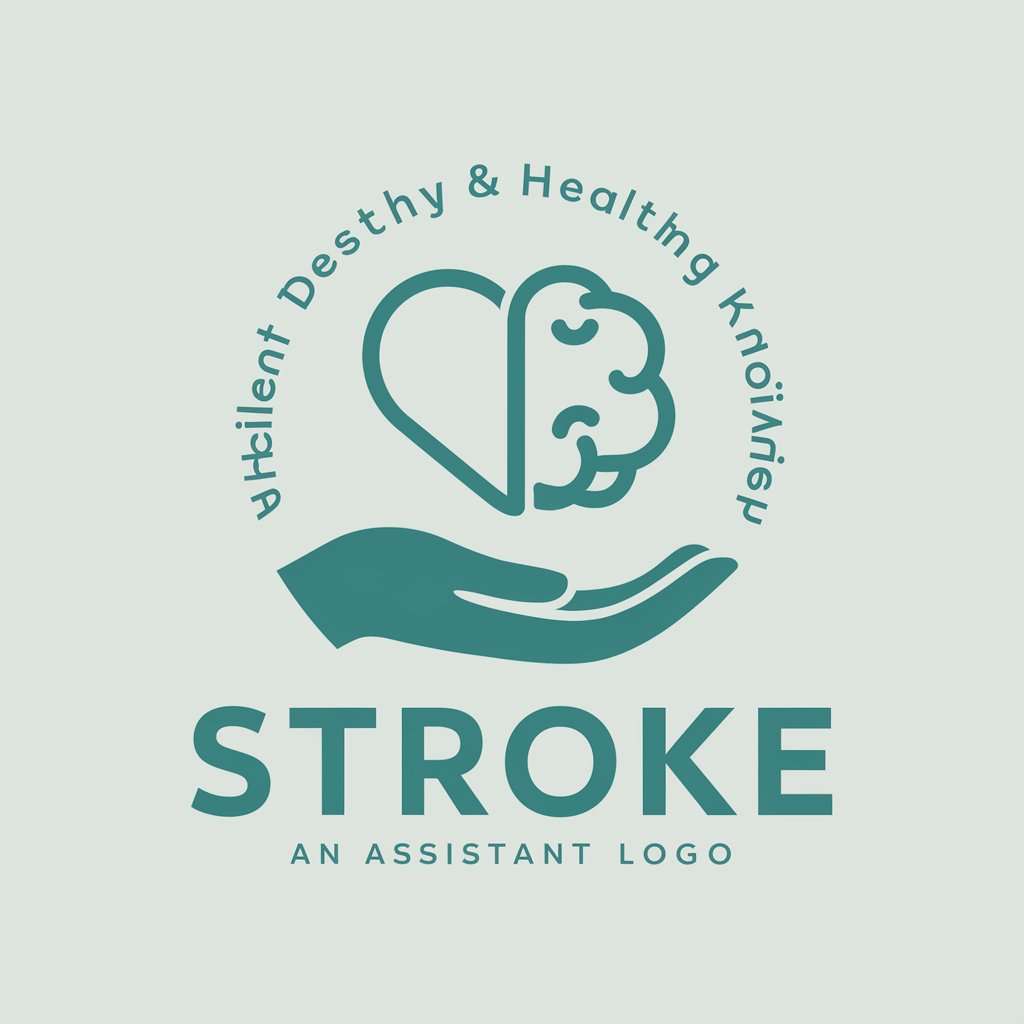
Poker Stroker
Master Poker with AI Insights
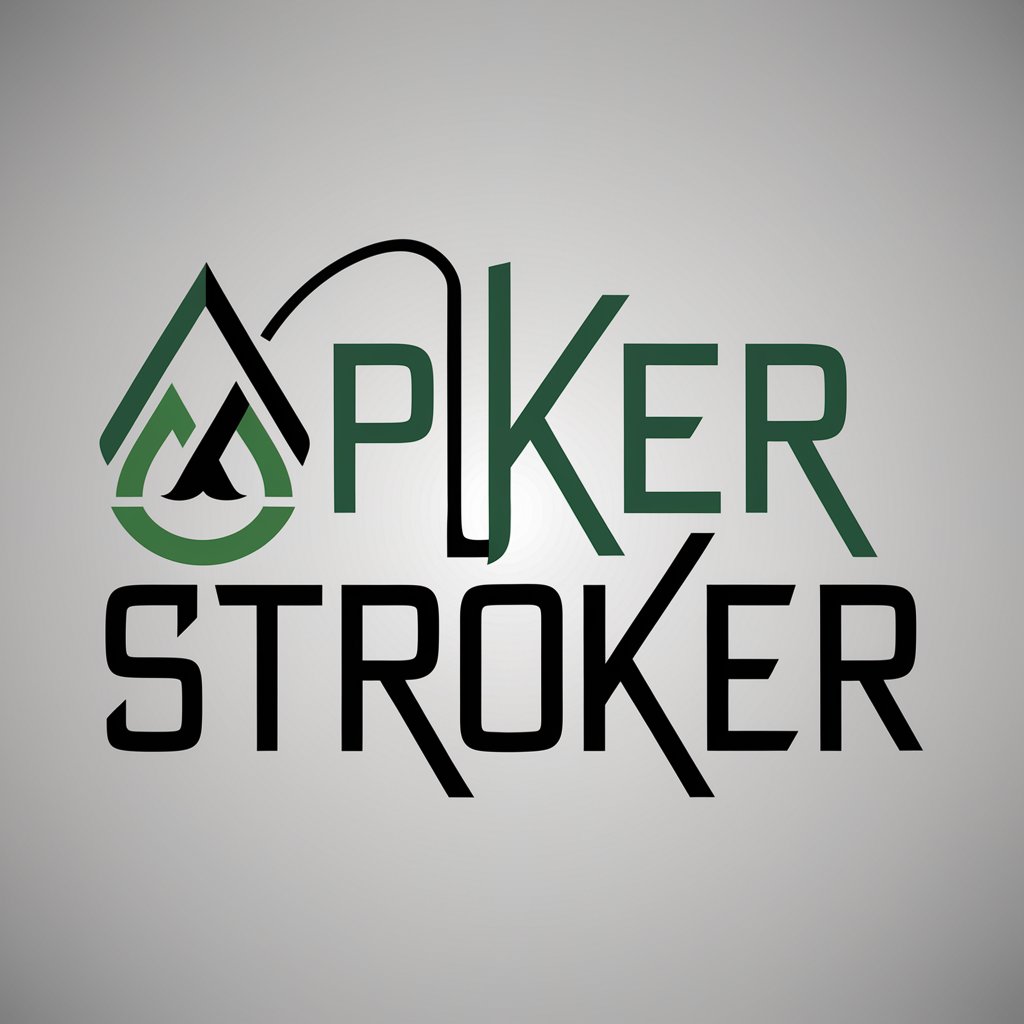
Frequently Asked Questions About Stroke AI Research
What types of data can Stroke AI research analyze?
Stroke AI research is capable of analyzing a wide range of data types including clinical trial data, patient health records, epidemiological studies, and genomic data relevant to stroke research.
How can Stroke AI research assist in predicting stroke risks?
The tool employs machine learning algorithms to identify patterns and potential risk factors from large datasets, which can help in forecasting individual or population-level stroke risks.
Can Stroke AI research suggest potential treatments for stroke patients?
Yes, it can propose potential treatment plans based on the analysis of past treatment outcomes and current best practices, tailored to patient-specific factors.
Is Stroke AI research suitable for academic use?
Absolutely, it's designed to support academic researchers by providing data-driven insights, hypothesis testing, and the exploration of new research questions in the field of stroke.
What are the limitations of using Stroke AI research in clinical settings?
While highly informative, the tool should not replace clinical judgment. Its suggestions need to be evaluated and supervised by healthcare professionals before clinical application.
